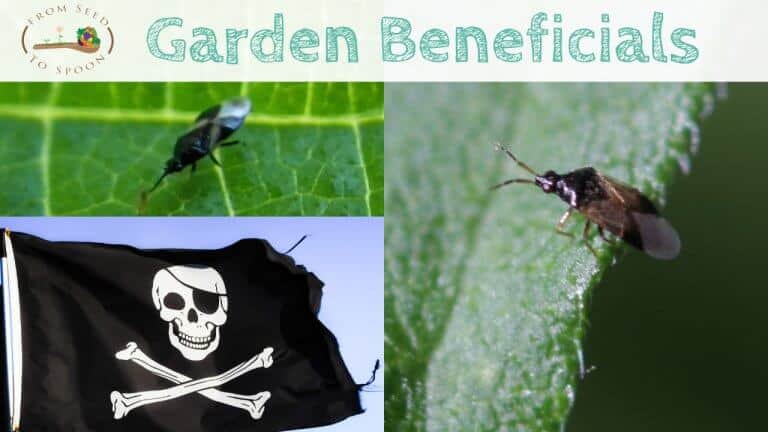
Are Aphids Stealing Your Garden Treasures? Minute Pirate Bugs to the Rescue!
Minute pirate bugs love to eat various pests such as aphids, spider mites, thrips, caterpillars, and their eggs.

Minute pirate bugs love to eat various pests such as aphids, spider mites, thrips, caterpillars, and their eggs.
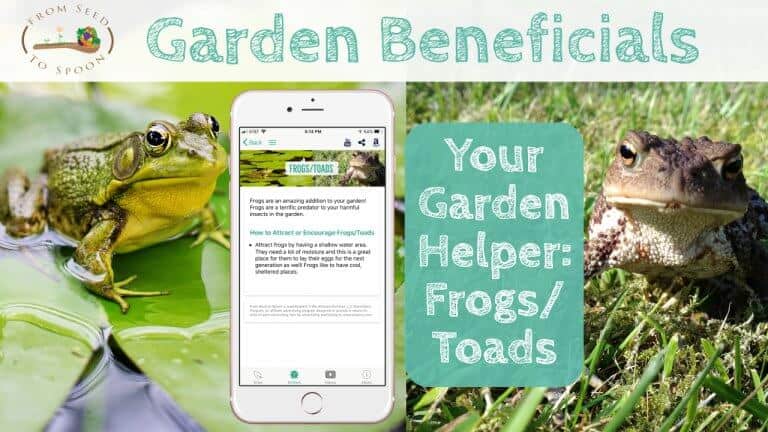
Frogs and toads are amazing additions to your garden! They’re terrific predators to your harmful insects in the garden. Be careful about using pesticide around them though. Frogs and toads are especially harmed by their use!
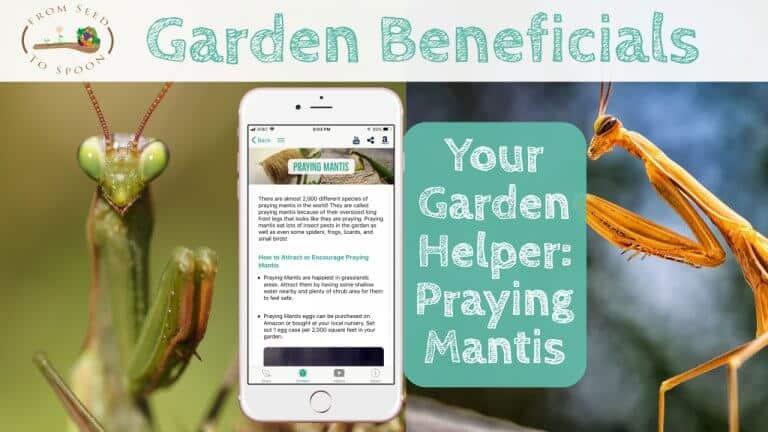
Praying mantis are some of the best beneficial helpers you can have in your garden! There are almost 2,000 different species of praying mantis in the world! They are called praying mantis because of their oversized long front legs that look like they are praying. Praying mantis eat lots of insect pests in the garden as well as even some spiders, frogs, lizards, and small birds!
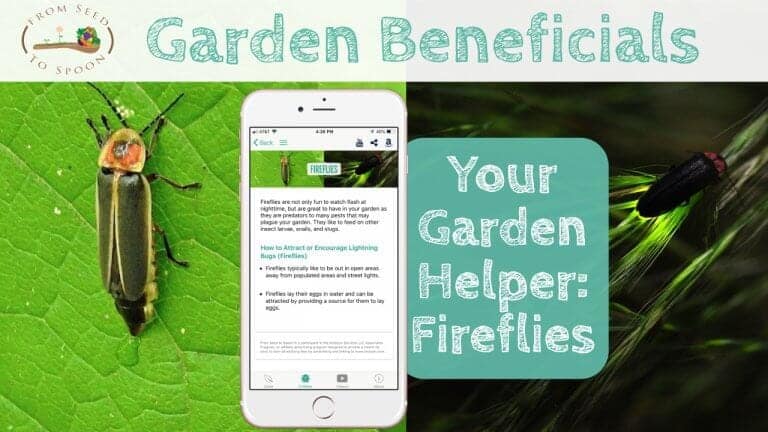
Fireflies are not only fun to watch flash at nighttime but are great to have in your garden as they are predators to many pests that may plague your garden. They like to feed on other insect larvae, snails, and slugs.
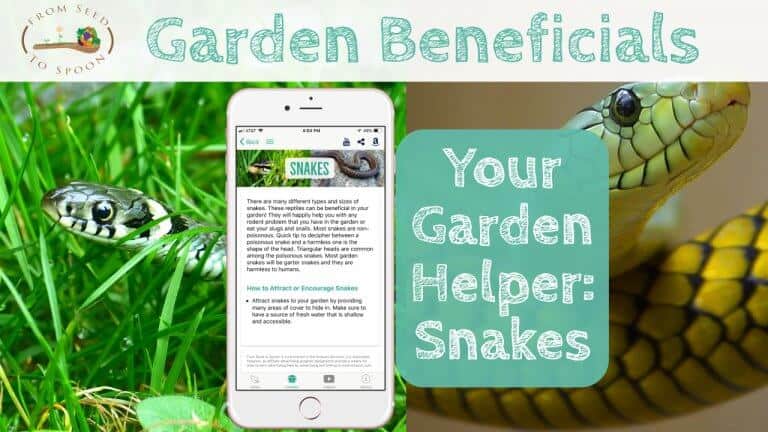
There are many different types and sizes of snakes. These reptiles can be beneficial in your garden! They will happily help you with any rodent problem that you have in the garden or eat your slugs and snails. Most snakes aren’t poisonous. Quick tip to decipher between a poisonous snake and a harmless one is the shape of the head. Triangular heads are common among the poisonous snakes. Most garden snakes will be garter snakes and they are harmless to humans.
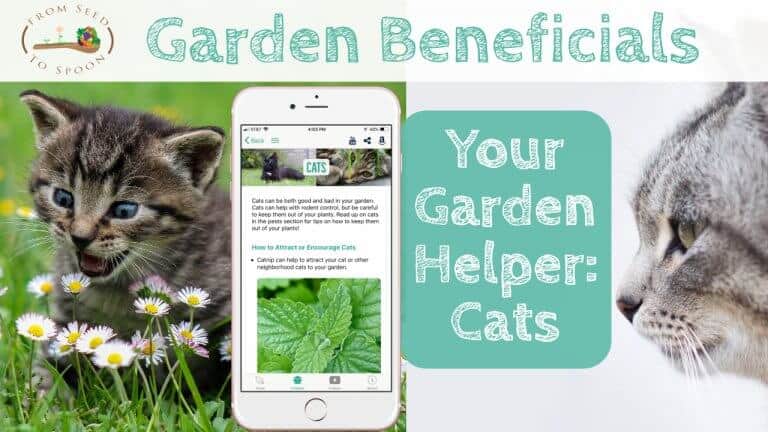
Cats can be both good and bad in your garden. Cats can help with rodent control, but be careful to keep them out of your plants. Read up on cats in the pests section for tips on how to keep them out of your plants!
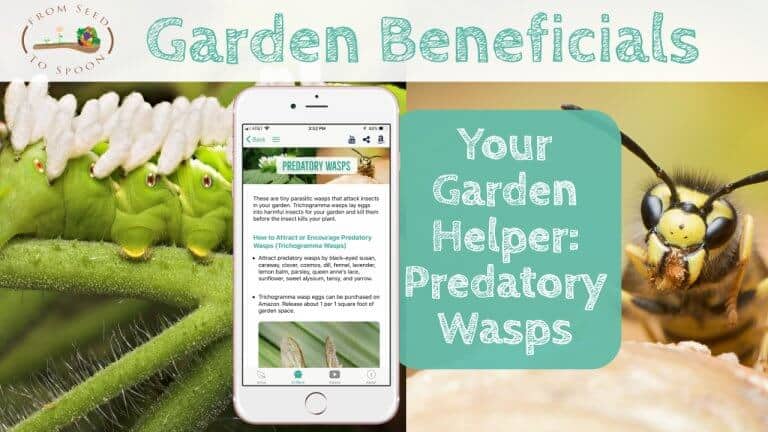
Predatory Trichogramma Wasps are tiny parasitic wasps that attack insects in your garden. Trichogramma wasps lay eggs into harmful insects (especially tomato hornworms!) for your garden and kill them before the insect kills your plant.
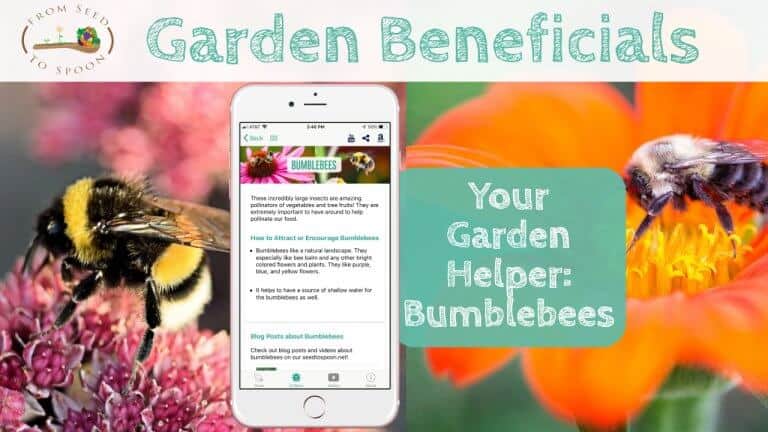
These incredibly large insects are amazing pollinators of vegetables and tree fruits! They are extremely important to have around to help pollinate our food.
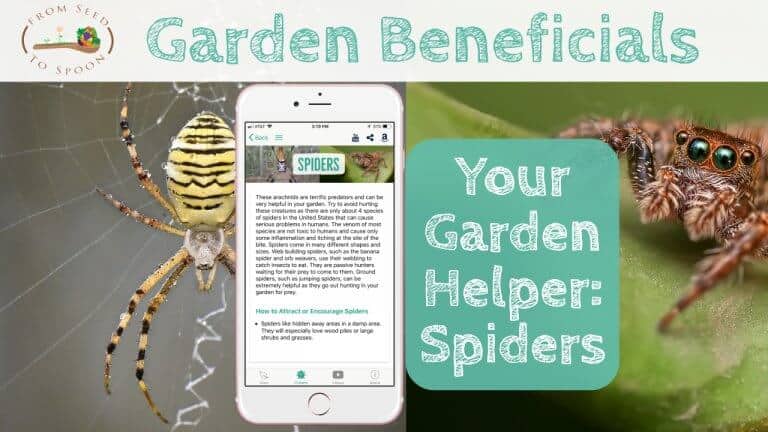
Spiders are your friends in the garden! They may look scary, but they will help you tremendously in the garden if you let them coexist with you!

Birds are one of those critters that can be both good and bad in your garden. Birds help with pest control eating a wide variety of insects including aphids, caterpillars, mosquitos, and spiders.
